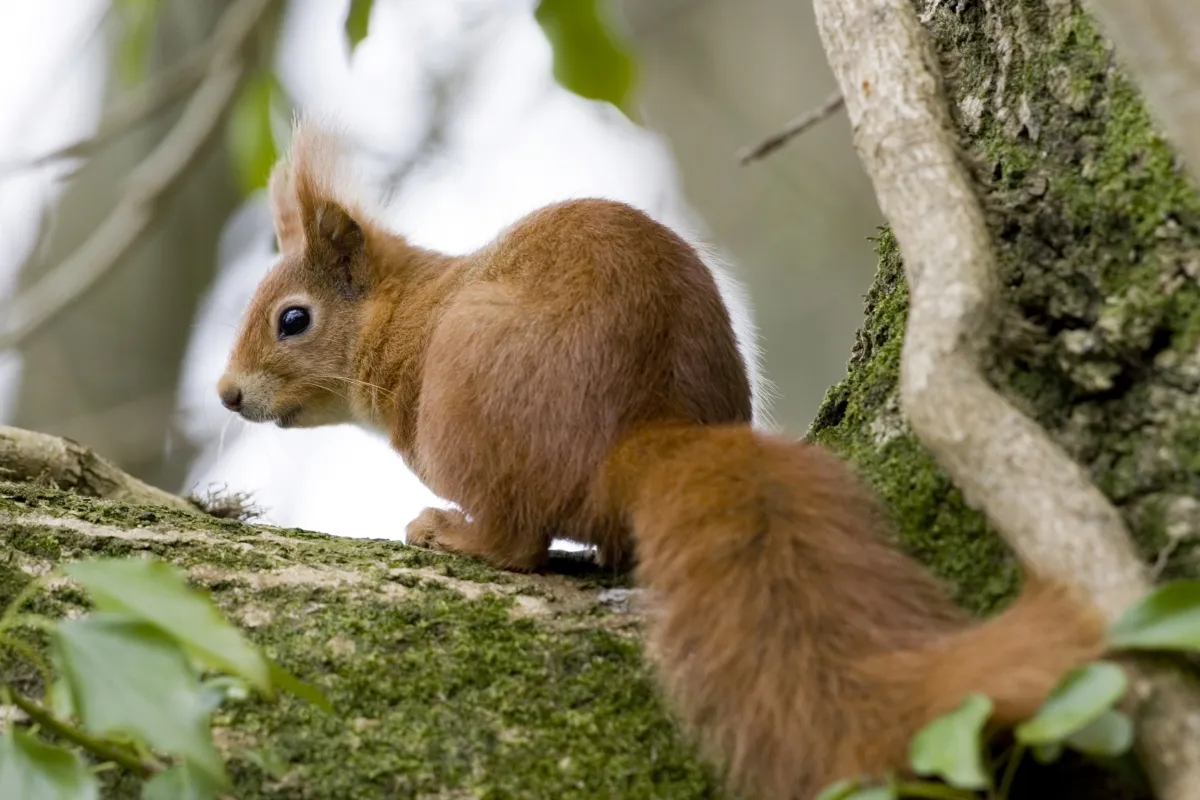
After a gap of 25 years, I recently returned to panda country – the misty mountains of south-west China – and the news about one of the world’s rarest and best-loved creatures is better than it was. Numbers in the wild are still much the same at around 1,000-plus and their habitat is still being encroached upon by farmers and loggers, but there have been a record numbers of births this year in zoos and research centres.
In fact, twins – tiny, bald and incredibly vulnerable – were born at the Bifengxia centre in Sichuan province on the day I was there, bringing the captive panda population in China to more than 300. None has yet been released into the bamboo forests of home, but Chinese zoologists believe there is now a sufficient stock to research the possibilities of doing this. As part of a £6m venture in Sichuan, an experimental wild release area is being set up.
Of course, the panda is one of the great symbols of conservation. At the meeting that founded the World Wide Fund for Nature, Sir Peter Scott doodled one on his notepad – and it became the organisation’s symbol. But today there are those who argue that nature should take its course, and if the panda becomes extinct as a result, well so be it; we should divert effort and funds to species that stand a better chance.
I don’t agree. Every country has endangered species and some, such as red squirrels and water voles in the UK, join the panda in having a great public image. They are the ones that carry the banner for all the rest. When attention is drawn to their plight, the awareness that’s created helps to raise the profile of threatenedflora and faunathat are less appealing and far more obscure.
If we can’t save these pin-ups of conservation, what can we save? And if we did lose them, would there be the same interest in preserving the rest? The British countryside would be much worse off without red squirrels, our favourite rodent. Yet there are only 120,000 of them left compared to 2.5 million greys, so some level of human intervention is necessary.

Spotlight species
There’s a prototype scheme happening on Anglesey, where invading greys have been driven off the island and reds put back. Scotland is their last stronghold and let’s hope we will never see the day when, like the panda, conservationists have to resort to captive breeding to guarantee a future for the species.
On our rivers, water voles and otters are making a comeback and red kites, not long ago reduced to a few pairs in Wales, are now soaring across the skies in England and Scotland. Even beavers have been reintroduced, thanks to human help. These are all species that easily make headlines because they capture public interest. And that attracts support and donations, which wildlife groups can also use to defend less glamorous creatures such as bats.
So let’s encourage the Chinese to do all they can for the panda. Somewhere on Earth a species becomes extinct every 20 minutes, and if that rate is not to accelerate, action and symbols are needed more than ever. If the panda was ever allowed to disappear, many conservation dreams would die with it.
